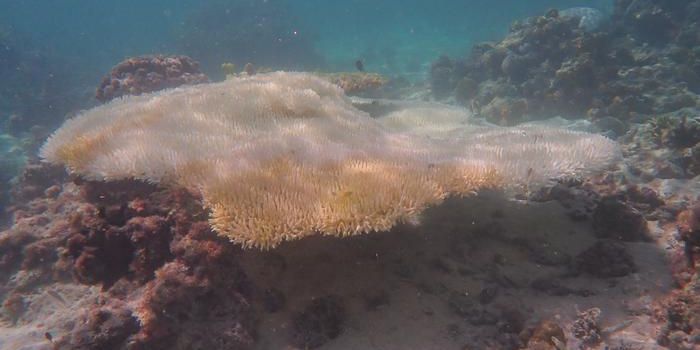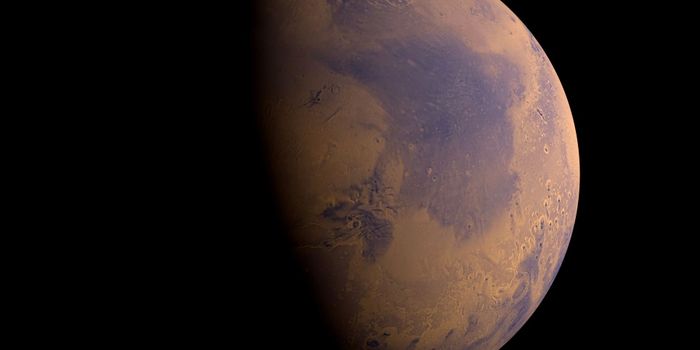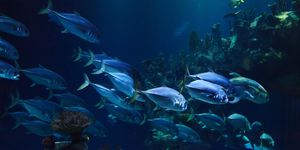Computational Tools Reveal Differences Between C3 and C4 Plants
The COVID-19 pandemic has made life hard for a lot of researchers. For one, they could not be physically in the lab and so many turned into computational approaches to further their research. This was especially true for one plant lab at the University of Essex. The lab utilized computation tools to investigate how some plants are better adapted to transforming light and carbon dioxide into photosynthesis.
There are two categories of photosynthesis—C3 and C4. Most of our food depends on C3 photosynthesis, but research has found that C4 plants are 60 percent more efficient.
"The ultimate goal is to be able to understand these mechanisms so that we can improve C3 photosynthesis in food crops like cowpea and cassava that smallholder farmers in sub-Saharan Africa depend on for their families' food and income," said Chidi Afamefule, a postdoctoral researcher working on Realizing Increased Photosynthetic Efficiency (RIPE) at Essex who led the study from his apartment. "It would have been great to find a 'master regulator' that operates in all these enzymes, but we didn't find it, and we suspect it doesn't exist.”
Results were reported in Frontiers of Plant Science and discusses how C4 crops have several activators with their DNA that make them more efficient. Researchers ere hopeful to use the C4 genetic code to help make more-efficient C3 crops photosynthesize better in the future.
"There are already efforts underway to help C3 crops operate more like C4 crops," said principal investigator Christine Raines, a professor in the School of Life Sciences at Essex where she also serves as the Pro-Vice-Chancellor for Research. "Studies like this help us identify small pieces within an incredibly complex machine that we have to understand before we can fine-tune and reengineer it."
Learn more about the differences between C3 and C4 crops:
Source: Science Daily









